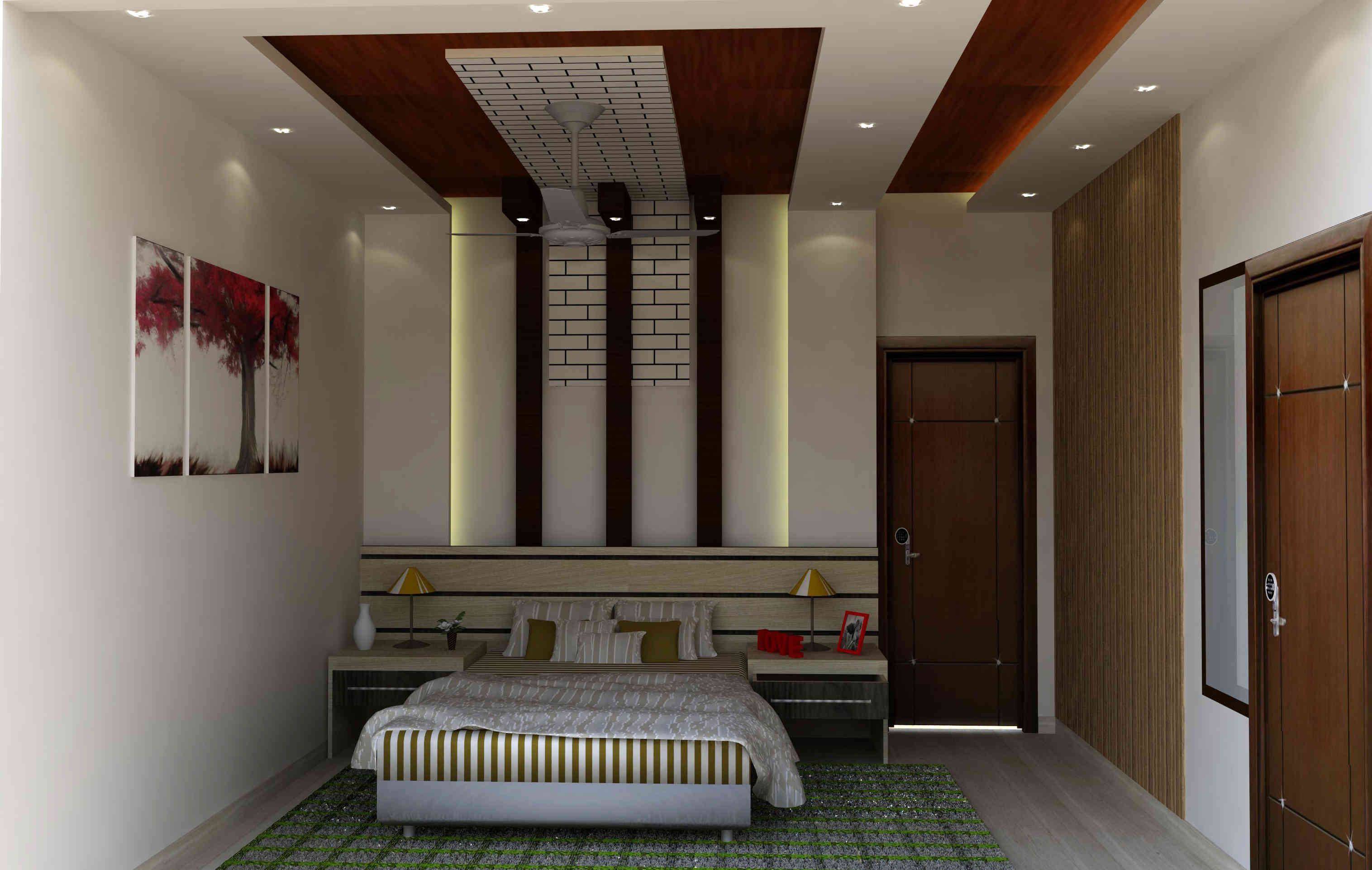Design Considerations for Full-Height Bedrooms: Tiny House With Full Height Bedroom

Creating a full-height bedroom in a tiny house presents unique design challenges, requiring careful consideration of structural integrity, material selection, and environmental factors. This section will delve into the essential aspects of designing a full-height bedroom, ensuring a comfortable and safe living space.
Structural Requirements for Full-Height Bedrooms
The structural integrity of a full-height bedroom is paramount, as it needs to withstand the added weight and stresses associated with the vertical space. The following factors should be carefully considered:
- Foundation: A strong foundation is essential to support the weight of the bedroom and the entire tiny house. Concrete foundations are typically recommended for their durability and ability to handle heavy loads.
- Framing: The framing system must be robust enough to support the full weight of the bedroom, including the walls, floor, and ceiling. Engineered lumber, such as LVL (Laminated Veneer Lumber) or I-joists, offers increased strength and stability compared to traditional lumber.
- Wall Construction: Walls should be constructed with durable materials like plywood or OSB (Oriented Strand Board), ensuring proper bracing and sheathing for stability.
- Ceiling Support: The ceiling needs adequate support to prevent sagging or collapse. This can be achieved using beams, joists, or trusses, depending on the size and weight of the bedroom.
- Staircase Design: The staircase leading to the bedroom should be designed with safety and functionality in mind. It should be sturdy, have adequate handrails, and provide sufficient headroom.
Building Materials and Techniques
The choice of building materials and techniques significantly impacts the structural integrity, energy efficiency, and aesthetics of the full-height bedroom.
- Wood Framing: Traditional wood framing is a common and cost-effective method, offering flexibility in design and construction. However, it requires proper treatment for moisture resistance and fire protection.
- Steel Framing: Steel framing provides superior strength and fire resistance compared to wood. It is particularly suitable for larger or heavier bedrooms. However, it can be more expensive and requires specialized skills for installation.
- Insulated Concrete Forms (ICFs): ICFs offer excellent insulation and structural integrity. They are durable, energy-efficient, and provide a sound-dampening effect. However, they can be more expensive and require specialized knowledge for installation.
- Modular Construction: Modular construction involves prefabricated units that are assembled on-site. This can expedite the construction process and offer consistent quality. However, it may have limitations in customization and design flexibility.
Insulation and Ventilation, Tiny house with full height bedroom
Proper insulation and ventilation are crucial for maintaining a comfortable and energy-efficient living space in a full-height bedroom.
- Insulation: Insulation prevents heat loss in winter and heat gain in summer, creating a more comfortable living environment. Common insulation materials include fiberglass, cellulose, spray foam, and rigid foam.
- Ventilation: Ventilation is essential for removing moisture and stale air, preventing mold growth and ensuring good air quality. Adequate ventilation can be achieved through windows, roof vents, and mechanical systems.
Maximizing Space and Functionality
Living in a tiny house with a full-height bedroom presents a unique opportunity to maximize space and functionality. The vertical space allows for creative storage solutions and a sense of spaciousness, even within a compact footprint.
Efficient Storage Solutions
Efficient storage is paramount in a tiny house. By incorporating clever storage solutions, you can keep your belongings organized and accessible, ensuring a clutter-free and comfortable living environment.
- Under-bed Storage: Utilize the space beneath the bed for storing seasonal items, luggage, or other belongings. Consider building a platform bed with built-in drawers or lift-up storage compartments for easy access.
- Wall-Mounted Shelves: Maximize vertical space by installing wall-mounted shelves throughout the house. These shelves can be used for books, decorative items, or everyday essentials, keeping them within reach and off the floor.
- Multifunctional Furniture: Invest in furniture that serves multiple purposes. For example, a sofa bed can double as a sleeping space and a seating area, while a coffee table with built-in storage can keep your living room tidy.
- Vertical Storage Solutions: Consider using vertical storage solutions like a ladder bookshelf or a closet system that utilizes the entire height of the wall. These solutions provide ample storage without taking up valuable floor space.
Space Utilization Tips for the Bedroom
The bedroom in a tiny house is a sanctuary, and it’s essential to maximize its space and functionality.
- Maximize Headroom: The full-height bedroom allows for tall storage solutions, such as a built-in wardrobe reaching to the ceiling. This maximizes vertical space and minimizes clutter.
- Utilize Wall Space: Use the walls for storage and décor. Mount a mirror to create the illusion of more space, and incorporate shelves and drawers for organizing personal items.
- Minimalist Approach: Embrace a minimalist approach to furniture and belongings. Choose a bed frame that fits the space and consider using a futon or a Murphy bed to save space during the day.
- Lighting: Adequate lighting is essential in a small space. Install multiple light sources, including overhead lighting and task lighting for reading or working.
Creating a Functional and Stylish Living Space
Creating a functional and stylish living space in a tiny house requires careful planning and design.
- Open Floor Plan: An open floor plan eliminates walls and creates a sense of spaciousness. This allows natural light to flow freely and makes the space feel larger.
- Multifunctional Furniture: Invest in multifunctional furniture that serves multiple purposes, such as a sofa bed or a coffee table with built-in storage.
- Color Palette: Use a light and airy color palette to create a sense of spaciousness. Light colors reflect light and make the space feel larger.
- Natural Light: Maximize natural light by using large windows and skylights. Natural light can make a small space feel more welcoming and spacious.
